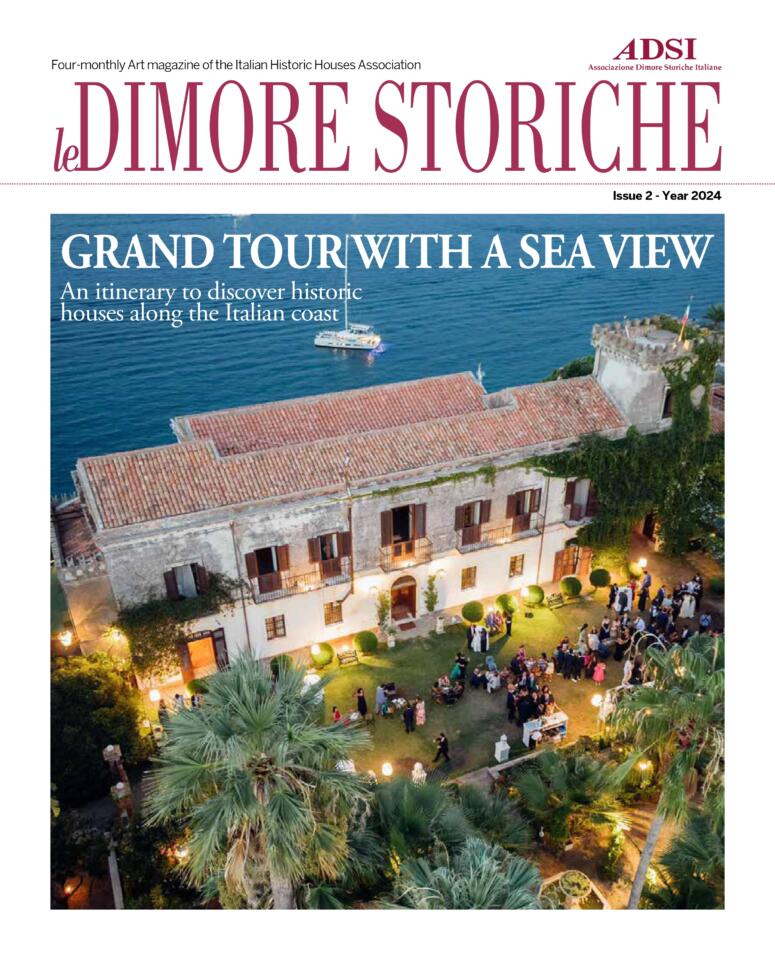A world heritage, in the kitchen as well
These pages unveil outstanding historical houses in our country, many of which were probably unknown to the reader. Today, more and more are in the process of opening to the public.
One example is the Castello Quattro Torri in Piedmont, ready now to welcome guests in its newly renovated rooms. And we carry on further, offering a number of itineraries ranging from the sea to the mountains, all characterised by extraordinary villas, palaces and castles that draw visitors who are eager for a memorable stay. Such landmarks play a crucial role in the life of the local community.
The significance of historic houses as central elements of Italian towns and villages is what inspires us to describe with a sense of us admiration the commitment of a task force that has given shape to the country’s longest cycle path, stretching along the Apennines from Liguria all the way to Sicily.
The operation of this system has been carried out with financial resources that are limited, to say the least. Yet if brought to the attention of the public, and if supported by all those who are present along the Apennine ridge – including ADSI members and their homes – then it will be possible to relaunch this
precious area, ever mindful to maintain the right balance between nature and human beings, embracing slow tourism and the optimisation of historical, artistic and cultural heritage.
Something similar has happened in Cilento – a geographical region known the world over not only for its beauty but also because it is here that the road began leading to UNESCO’s recognition of the Mediterranean Diet as an Intangible Cultural Heritage of Humanity.
The following pages lay out a route through this wondrous corner of the world, linking together a variety of its historic residences. Speaking of UNESCO, the moment is approaching when Italian cuisine itself will finally boast the title of World Heritage, as we hear from Maddalena Fossati, editor-in-chief of La Cucina Italiana, promoter of the initiative, together with the Fondazione Casa Artusi and the Accademia Italiana della Cucina. This is a goal we all look forward to, for it will crown the development of recipes and the verbal and practical promulgation of cooking techniques that began in the kitchens of our ancestors, who prepared good food for daily sustenance in simple homes and for great events enlivening grand palaces.
The Italian Association of Historic Houses is ready to toast this coveted recognition. Naturally.
Think how many ceremonies took place “at the palace” and in the kitchens of historic residences, combining tradition with gastronomic innovations perfected over the course of time.
We need only await the official announcement of the good news. In the meantime, happy reading and have a wonderful summer.


